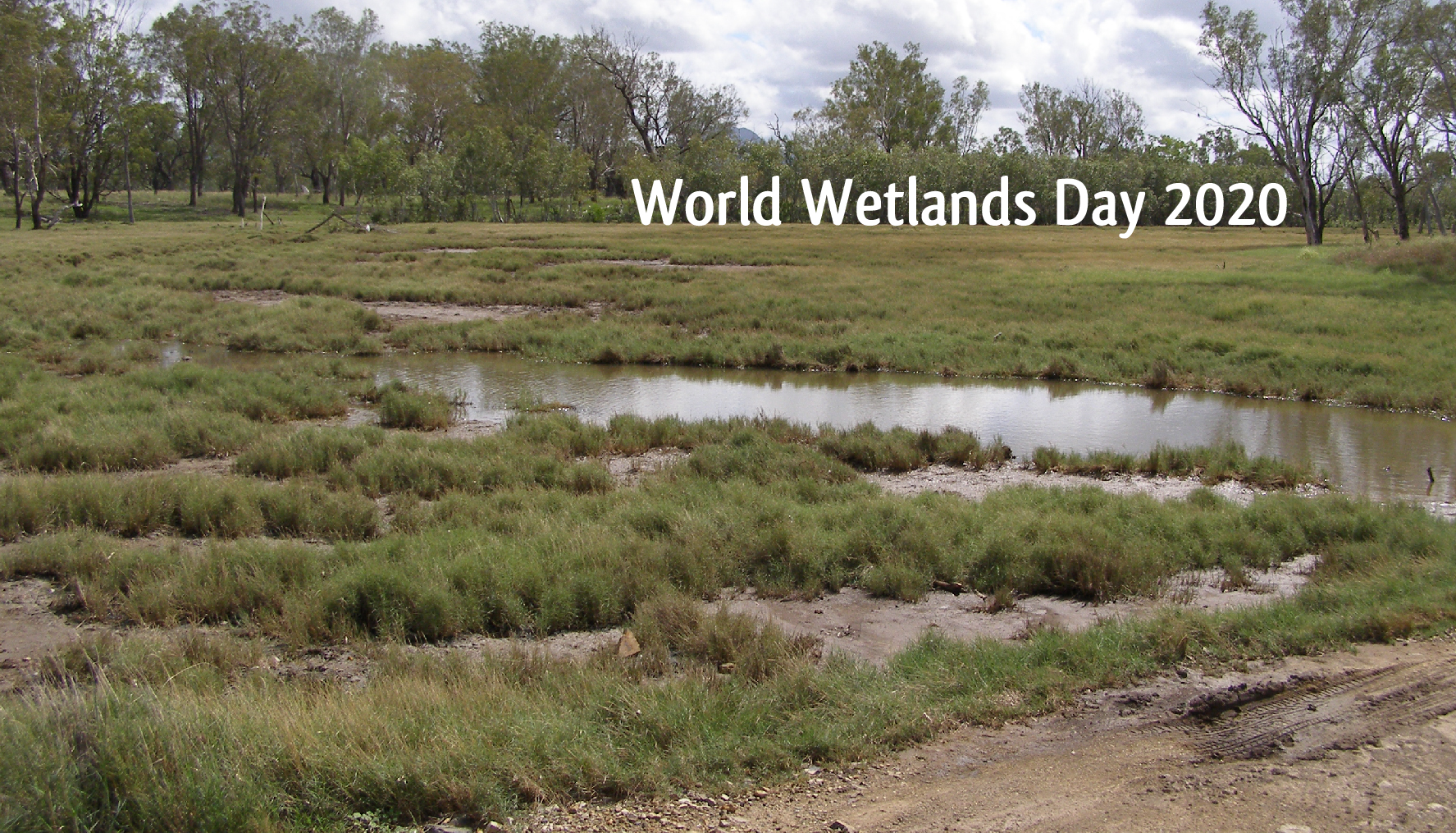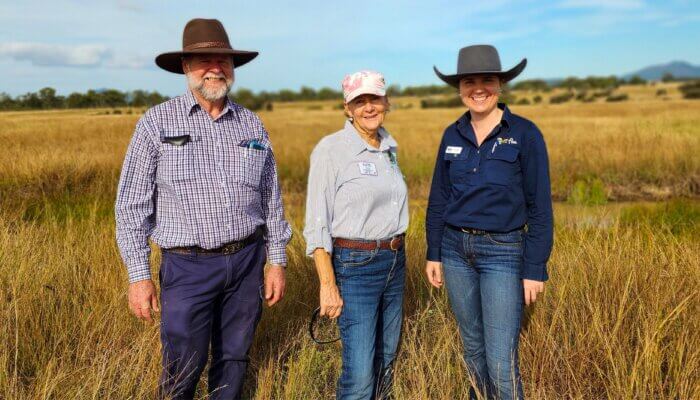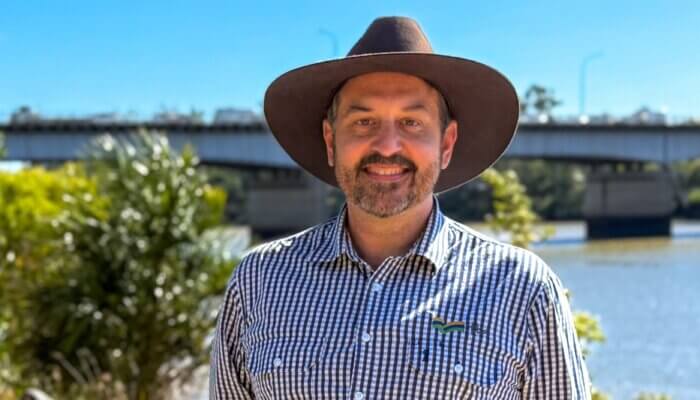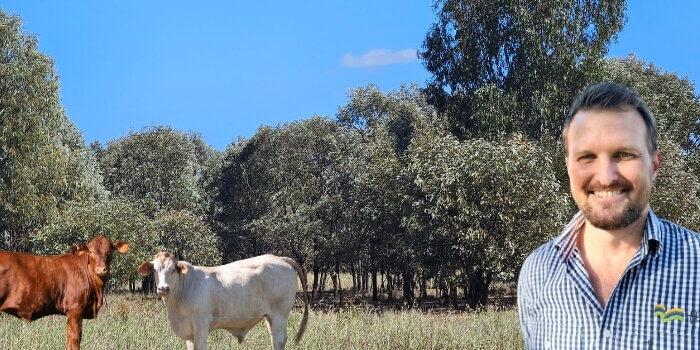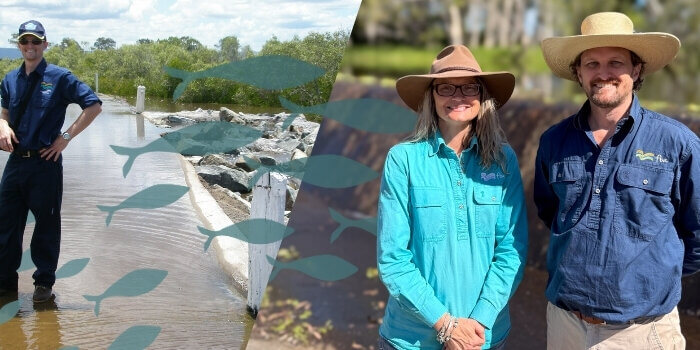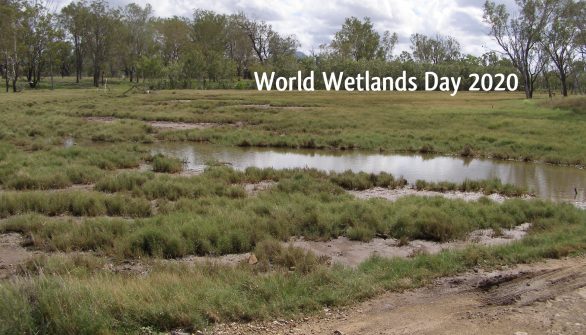
World Wetlands Day 2020
Posted on February 1st, 2020
2019 was Australia’s warmest and driest year on record making water, and our regional wetlands, more valuable than ever. February 2 is World Wetlands Day, and a timely opportunity for a reminder on how truly amazing wetlands are – especially in times of drought.
Swamps and mangrove forests are commonly associated with the term ‘wetland’, but the special ecosystems are so much more. All areas that permanently, seasonally or intermittently waterlogged or flooded are classified as a wetland – this includes coral reefs, outback springs and inland lagoons. Here in the Fitzroy region we have almost 7,500 wetlands which includes one internationally significant and 17 nationally significant wetlands.

Internationally significant Ramsar wetlands – Shoalwater and Corio Bay 
Dry wetland 
DIWA nationally important wetland – Boggomoss Springs
Wetlands are essential for the survival of many native creatures providing habitats for common and critically endangered animals in some of the harshest environments. Healthy wetlands support primary industries and are diversity hotspots for plants and animals. Wetlands can protect us and property from extreme climate events (like storm surges and floods) and store carbon. They also filter and stop unwanted nutrients, sediments and pesticides from entering streams, rivers and our oceans.
Despite the name (and adding to the confusion), wetlands are not always wet. In times of drought, water temperatures increase, dissolved oxygen levels decrease and the animals either leave or prepare for the dry. The plants and animals that perish during dry periods break down, enriching the soil where they will stay stored until the next flow. Lying dormant, dry wetlands are now (like our farmers) desperately waiting for rain. However, there are many wetlands that remain wet, providing an oasis for many different animals during dry times. These wetlands are known as refugias.
Nearby there are many examples of refugias including Rockhampton’s Yeppen Lagoon, Gracemere’s Springers Lagoon and Byfield’s Sandy Creek. There are many ways, both natural and artificial, that refugia wetlands manage to stay hydrated even in times of severe drought. Examples include connections with other wetlands, spring outlets, ground water and human modifications (like weirs). These refugias not only help local species survive the dry but in true Aussie spirit provide a drink to those in need when the goings are rough. Here in Rocky, pelicans are known to occupy Yeppen Lagoon when Lake Eyre and other inland wetlands are dry.
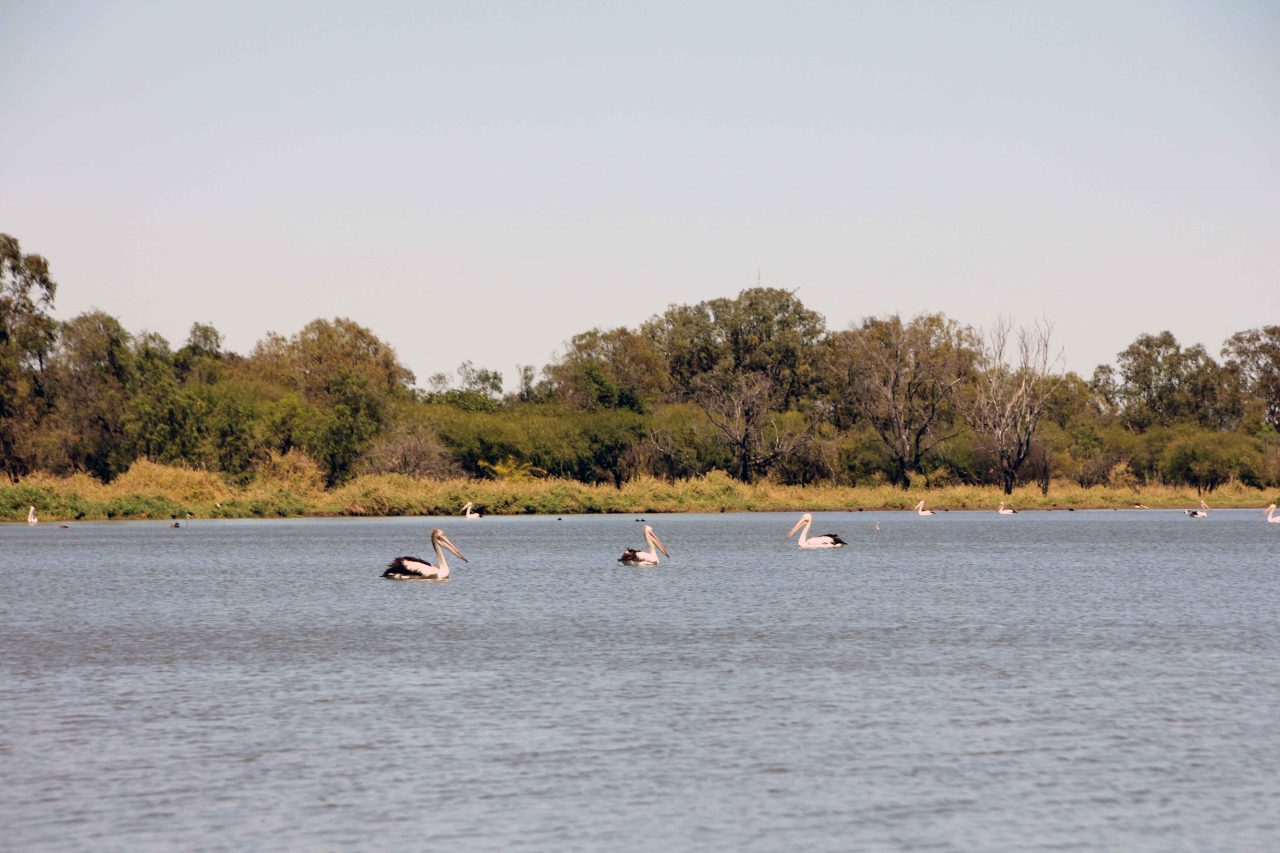
From sequestering carbon to providing nurseries for endangered species, the many and varied functions that wetlands provide are essential for a healthy landscape. Therefore, understanding the condition of our many wetlands is essential in determining the health of our region. The Queensland Government’s Great Barrier Reef Wetland Condition Monitoring Program is responsible for tracking freshwater wetlands long-term trends, pressures and values in the Reef catchment. The program systematically monitors hundreds of wetlands in Great Barrier Reef catchments as part of the Paddock to Reef Program.
The Australian and Queensland government funded program draws together more than 20 industry bodies, government agencies, research organisations, landholders and Natural Resource Management groups – including FBA.
FBA works with landholders and community members across the Fitzroy region. Spanning many years and projects, FBA has worked to rehabilitate, maintain and protect wetlands and the animals who call them home.
Feeling inspired? Immerse yourself in a weekend of wetlands fun at the 2020 St Lawrence Wetlands Weekend from June 12-14. The annual event attracts hundreds of local and international visitors offering food, craft and education. Visit https://www.queensland.com/en-au/event/st-lawrence-wetlands-weekend to learn more.





